If you want to know more information (such as product/process price, etc.), please contact us 24-hour telephone
Gold flotation machines are key players in the mining and mineral processing industry. They help pull gold particles out of rocky waste, making them a must-have for gold processing. These machines work by using air bubbles and special chemicals to separate gold from stuff you don’t want. Gold likes to stick to bubbles because it repels water, while most rocks don’t. This process, called flotation, collects gold in a frothy layer on top of a tank. It’s a tricky process, but when done right, it’s a game-changer for getting more gold out of tough ores.
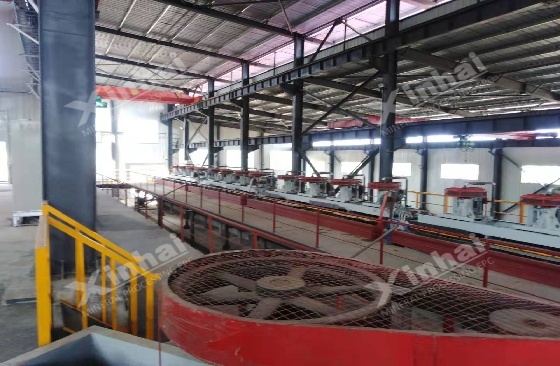
Flotation is a go-to method for gold mining, especially for sulfide ores or tiny gold bits. Here’s how it works: you mix ore into a slurry, add it to a tank with water and air, and stir it up. The air makes bubbles, and gold particles cling to them, floating to the top. The unwanted rocks stay sunk in the slurry. Simple, but there’s a lot going on to make it work well.
Mechanical agitation gold flotation machines are popular because they’re straightforward and easy to use. They have spinning impellers that mix the slurry and suck in air to make bubbles. These bubbles grab gold particles and lift them up. Their tough build works great for big mines, like ones processing thousands of tons daily in places like South Africa. But, they can guzzle energy, which might bump up costs.
In a gold mine in Nevada, I heard these machines kept things running smoothly, hitting about 85% recovery rates for sulfide ores. They’re reliable, but you’ve got to watch the power bill.
Common mechanical agitation flotation machines include: SF/BF/JJF/KYF and other models.
Pneumatic gold flotation machines skip the spinning parts. Instead, they use compressed air to create bubbles. This cuts down on repairs and saves energy. A mine in Australia swapped to pneumatic machines and slashed energy costs by 20%. The catch? It’s harder to control bubble size, which can mess with results if the ore changes a lot. For steady ores, though, they’re a solid pick.
These machines are simpler, so they don’t break as often. But if your ore is coarse or heavy, they might not pull out as much gold as you’d hope.
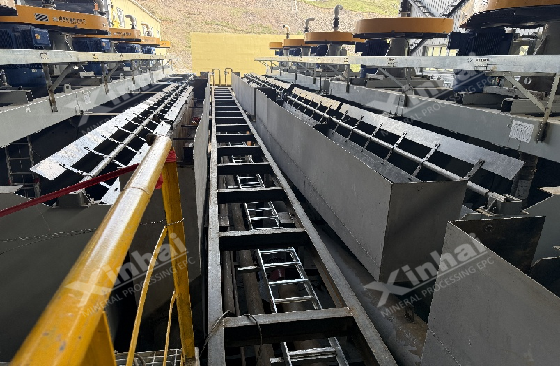
Air-inflation gold flotation machines mix the best of both worlds. They use impellers to stir and an outside air pump to make bubbles. This setup gives you better control over how bubbles form and spread. It’s great for tricky ores with mixed minerals. In a Canadian gold mine, an air-inflation machine boosted recovery by 7% compared to older mechanical models. It’s like having the flexibility to handle whatever the ore throws at you.
Other types, like column or vortex flotation machines, exist too. Each shines depending on the ore, how much you need to process, and your plant’s setup. For example, column machines work well for fine ores but need tall spaces, which not every mine has.
When picking a gold flotation machine, you look at things like how much gold it recovers, how much energy it uses, and how well it handles different ores. Mechanical machines are steady performers. They hit decent recovery rates, around 80-90% in many gold mines, but they burn more power. A mine in Peru found mechanical machines reliable but saw energy costs eat into profits.
Pneumatic machines save on energy and upkeep. They’re great for smaller plants or ores that don’t vary much. But they struggle with heavy or coarse ores, sometimes dropping recovery to 75% or lower. Air-inflation machines find a middle ground. They adjust well to different ores and keep recovery high—often above 85%—while using less energy than mechanical ones. In a Brazilian mine, air-inflation machines cut operating costs by 15% while matching recovery rates of mechanical models.
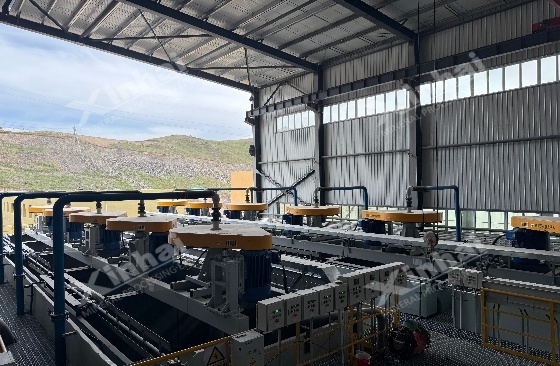
The tank’s design matters too. Different machines have unique tank shapes or bubble systems, which affect how well they work with your ore. Picking the right one can make or break your gold output and keep your plant running smoothly.
Today’s gold flotation machines are getting smarter. Many come with sensors and controls that track things like pH, chemical levels, bubble size, and slurry thickness in real time. In a gold mine in Ghana, smart controls helped operators tweak settings on the fly, boosting gold recovery by 6%. These systems take the guesswork out, making the process more consistent.
Automation is a big deal too. It fine-tunes how fast bubbles form and how froth behaves, which improves gold quality. Plus, new machines use tougher materials, like rust-proof alloys or strong composites. These last longer in harsh mining conditions. A mine in Russia reported their new air-inflation machine lasted 18 months without major repairs, compared to older models needing fixes every six months. Honestly, it’s pretty cool how these upgrades make life easier for plant workers.
Energy-saving features are another win. Some machines cut power use by 10-20%, which helps both your wallet and the environment. Mines face pressure to go green, so these features are a big plus.
Picking the right gold flotation machine means thinking about a few key things:
Ore Characteristics: Every ore is different. Sulfide ores might need mechanical machines, while fine ores do better with air-inflation or column types. A mine in Alaska tested their ore first and picked an air-inflation machine, hitting 90% recovery for their tricky mix.
Processing Scale: Big mines need machines that can handle tons of ore. Mechanical or air-inflation machines often fit the bill. Smaller mines might lean toward pneumatic for simplicity.
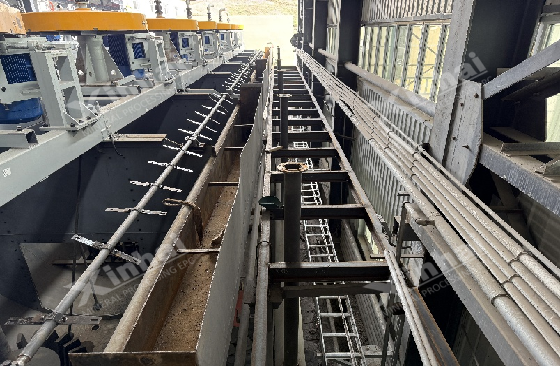
Energy Efficiency: Machines with smart controls or low-power designs save money. A mine in Chile cut energy use by 12% with a new air-inflation model.
Operating Costs: Look at the whole picture—machine price, energy, repairs, and chemicals. Pneumatic machines might cost less to run but could miss some gold. Mechanical ones cost more to maintain but deliver steady results.
Maintenance Requirements: Pneumatic machines are low-maintenance, which is great for remote sites. Mechanical ones need regular checkups but handle tough jobs well. A gold mine in Mongolia went with air-inflation machines to balance upkeep and performance.
Matching your machine to your mine’s needs is key. It’s about getting the most gold for your buck without breaking the bank.
The future of gold flotation machines is all about being smarter and greener. Researchers are working on eco-friendly chemicals to replace harsh ones like xanthates. These new options cut environmental harm without hurting recovery. A pilot project in Australia tested green reagents and got the same 88% recovery as traditional ones—pretty promising.
AI is stepping in too. Smart systems use data to tweak settings instantly, keeping things running at peak performance. A mine in South Africa used AI controls and saw a 5% recovery boost. Modular flotation units are another trend. They’re portable, perfect for small or remote mines. Plus, combining flotation with methods like gravity separation is gaining traction for mixed ores.
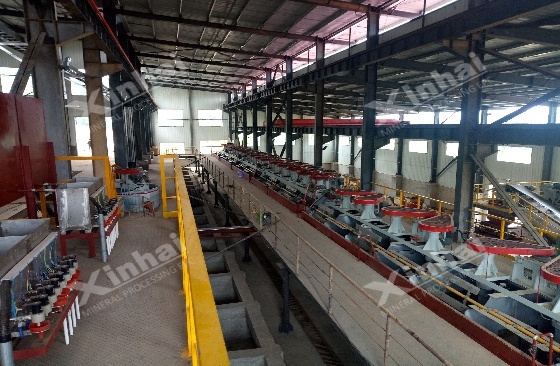
Flotation is complex, with lots of factors like chemical doses, pH, and slurry thickness to juggle. New tech aims to automate these tweaks, making results steadier. A test plant in Canada used automated controls and cut processing time by 10%, which meant more gold processed daily.
Each gold flotation machine has its strengths. Mechanical ones are reliable for big mines but use more power. Pneumatic machines save energy and upkeep but struggle with tricky ores. Air-inflation machines balance performance and flexibility, making them a go-to for many plants.
| Machine Type | Energy Efficiency | Recovery Rate | Maintenance Needs | Flexibility |
|---|---|---|---|---|
| Mechanical Agitation | Low-Medium | Medium | High | Medium |
| Pneumatic | High | Low-Medium | Low | Low |
| Air-Inflation | Medium-High | High | Medium | High |
By weighing your ore type, mine size, and budget, you can pick the right machine to boost gold output and keep costs low. Follow these tips, and your flotation plant will run smoother and more efficiently.
Q1: What is the main function of a gold flotation machine?
A gold flotation machine pulls gold particles from waste rock. It uses air bubbles to lift gold to the surface as froth, leaving rocks behind.
Q2: Which type of flotation machine is most energy-efficient?
Pneumatic gold flotation machines usually save the most energy. They don’t have moving parts, which cuts power use.
Q3: Can one type of flotation machine handle all kinds of gold ores?
No way. You need to match the machine to your ore and project needs. Testing and planning help pick the best setup for top results.